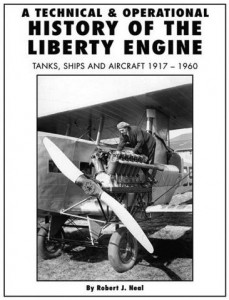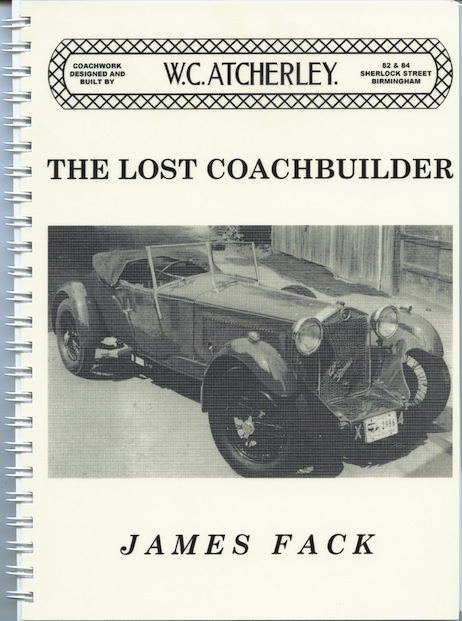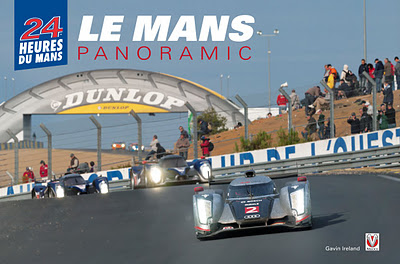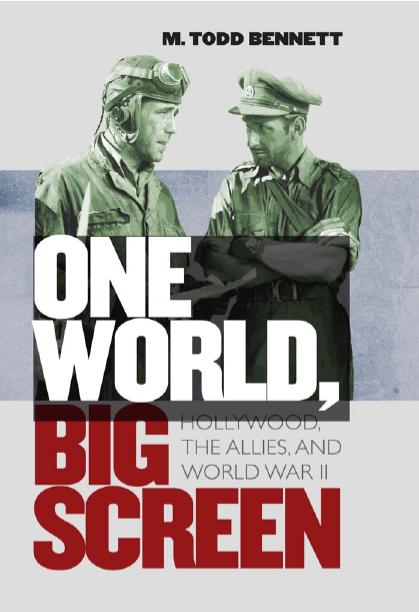The Bomber Mafia
A Dream. A Temptation. And the Longest Night of the Second World War
 by Malcom Gladwell
by Malcom Gladwell
After reading Bomber by Len Deighton, I decided to have another look at The Bomber Mafia by Malcolm Gladwell. This entailed buying the book a second time, this time in paperback, because I had given away the hardback edition I bought when it first came out (2021, Little, Brown).
There are no miraculous reinterpretations of The Bomber Mafia as a result of this second reading (well, actually the third reading, but the second time I sat down to fully dissect it). Once again, its subtitle, “A Dream. A Temptation. And the Longest Night of the Second World War,” failed to make much of an impression upon me—and this from someone who loves interesting subtitles. And, once again, the book itself failed to impress. To me, it seemed to be more like one of those extended articles that used to run in The New Yorker, The Atlantic, and other such periodicals such as the New York Review of Books.
This is not to say The Bomber Mafia isn’t, ah, “interesting.” To put a finer point to that, there’s “interesting” and then there’s “interesting.” Gladwell, it should be noted for those unfamiliar with his work, is a staff writer for The New Yorker, and the author of several books, such as Blink, Talking to Strangers, and Outliers. All are interesting books on interesting topics and all are well worth reading.
My problem with The Bomber Mafia is that it “colors outside the lines,” if you will. While Gladwell wrote a book from the perspective of someone approaching the topic as a writer usually pondering subjects having to do with social psychology, I read a book from the perspective of a historian—and a military historian at that. In most instances, this would not be an issue of any sort, but in this case, I am afraid, it was. I really think that I am not a member of Gladwell’s intended audience.
I have personal experience with what high-altitude bombing looks like on the ground. It was an amazing experience to be close enough to an ARC LIGHT mission to feel the ground tremble and heave under your boots. That a trio of B-52s could take out a grid square or so was always an astonishing feat. Never mind that they never seemed to actually hit anything, more often than not merely leaving craters that after the usual rainfall turned into a string of swimming pools across the landscape. I was on teams that did BDA (Bomb Damage Assessment) missions and only once did we determine that, yes, they had actually hit something.
In The Bomber Mafia, Gladwell tries to make much of the idea that the Air Force is different, not just “different,” but really different from the Army and the Navy. He’s on target with that: the Air Force is different, just that its idea of being different is not necessarily that good an idea in some cases. Then again, it was an interesting experience to watch 500-pound Snakeyes skip overhead and into the tree line when one flight of fast-movers managed to somehow line up on the target on an azimuth taking them directly over our heads rather than perpendicular to us as per doctrine or whatever. On the upside, we got to see up close and personal the Snakeyes deploy their drag fins right overhead; it was frightening in the region of Pucker Factor 10 to see the canisters of napalm tumbling by overhead as they made their way to the tree line.
When, after the air strike, we moved into the tree line, it was clear the napalm had done the damage, not the 500-pound Snakeyes. Both munitions managed to hit somewhere in the tree line, dropped by, to my amazement, F-100s during the first and second strikes, and then F-4s for the third strike. The napalm set off secondaries and resulted in several NVA and Main Force KIAs. The Snakeyes made big holes in the Delta terrain, none all that close to the folks we were in contact with. Probably scared them a bit, but it was the napalm that did the trick, as they say.
There is a reason for this lengthy discourse: Gladwell’s description of the raid on Tokyo in March 1945.
He takes the time to bring to light the discussions that took place at Maxwell Field during the interwar years when the notion of airpower as the instrument of victory took shape. The transition from the B-9 and B-10 to the B-17 and B-24 and then to the B-29 took place within a remarkably short period of time. Then there is the adoption of the Norden bombsight, even if it did not exactly live up to the hype of being able to put bombs into pickle barrels from 30,000 feet. That, of course, reflected the degree of belief that the Bomber Mafia (this is an actual, established expression, although not used by them but rather their detractors) had in the ability to use technology to win wars from the air. Belief is a wondrous thing, but reality has a way of getting in the way every time. No pickle barrels came to any harm, at least not from direct hits from high-altitude bombing.
To be sure, pickle barrels, along with pretty much everything else, were collateral damage when it came to carpet bombing, or area bombing, not the precision bombing being advocated by the Bomber Mafia. The RAF resorted to area bombing because its ability to conduct pinpoint targeting was, with the rarest of exceptions, pretty much nil. Despite its many daylight raids versus the nighttime raids of the RAF, the US results tended not to be all that different. Gladwell, it should be noted, doesn’t spend much time on the bombing campaign in Europe, simply suggesting that it might not have been quite what was hoped for; plus, somehow making Curtis LeMay into a squadron commander rather than the commander of a bomb group that he was.
Gladwell suggests that the bombing campaign that LeMay conducted over Japan once he took command of XXI Bomber Command was a successful one. In one evening, 9–10 March 1945, the fire-bombing of the Tokyo area resulted in at least 90,000 deaths. By the end of the war, over 60 Japanese cities had been fire-bombed by the aircraft of XXI Bomber Command. An estimated 330,000 Japanese died in these raids. Then, in August, there were the two atomic bombs that added to the body count. This poses the question what role the fire-bombing campaign and the employment of the nuclear weapons at Hiroshima and Nagasaki played in the surrender of Japan.
Good question . . .
Paul Fussell wrote an essay (1981, The New Republic) entitled, “Thank God for the Atom Bomb!” Perhaps, according to what Gladwell suggests, he should have entitled it, “Thank God for Napalm!”?
The Bomber Mafia might provide food for thought, but more along the lines of fast-food fare, not anything of substance. A decent read, but very light on scholarship or even all that much about the Bomber Mafia once you think about it. So, meh . . .
Copyright 2023, Don Capps (speedreaders.info).


 RSS Feed - Comments
RSS Feed - Comments






































































 Phone / Mail / Email
Phone / Mail / Email RSS Feed
RSS Feed Facebook
Facebook Twitter
Twitter